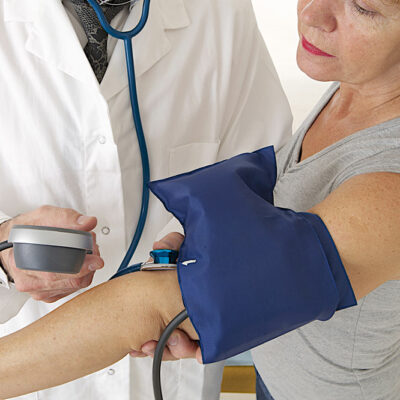
12 Factors That Elevate DVT Risk
Deep Vein Thrombosis (DVT) can turn life-threatening if not treated in time. It occurs when a blood clot develops in the deep veins, typically in the legs. DVT usually causes swelling and pain, but there may not be any symptoms in some cases. Knowing the risk factors for DVT can facilitate early diagnosis and timely treatment of the condition.
DVT develops due to lack of movement for a long period, like after an accident or surgery. It can become severe if the clot or a part of it breaks away and travels upward, especially to the lungs. It can get lodged in the lungs and block blood flow, leading to pulmonary embolism. Here are the top risk factors for DVT that everyone should know about:
1. Blood clotting disorder
An individual can get DVT if they have inherited a blood-clotting disorder that causes easy blood clotting. While this factor rarely triggers DVT by itself, it is risky when combined with other factors.
2. Post-surgical DVT
If one has been on the bed for long, like during a hospital stay, or has had paralysis and has been confined to the bed, the legs remain still for days on end. This affects blood circulation in the calf muscles, which can lead to the development of blood clots.
3. Birth control measures/medications
Birth control pills or hormone replacement therapy enhances the blood’s ability to clot.
4. Pregnancy
The pressure in the leg and pelvic veins increases during pregnancy, acting as a significant risk factor for DVT. This is especially true for those who have an inherent blood-clotting disorder.
5. Obesity
People who are excessively overweight or obese face immense pressure on the pelvic and leg veins, which can increase DVT risk.
6. Smoking
Smoking is also known to affect circulation and clotting, so it’s no surprise that the risk of DVT is higher among people who smoke cigarettes.
7. Age and family history
The chances of developing blood clots is higher in people above 60 years of age. Also, people belonging to a family with a history of pulmonary embolism or DVT face the risk of developing it.
8. Heart ailments
Heart failure can heighten the risk of blood clots or pulmonary embolism. Since heart health issues cause patients to have restricted heart and lung functions, the symptoms of small embolisms are also noticeable.
9. Abdominal ailments
Inflammatory bowel diseases, like Crohn’s disease, can heighten the risk of this condition.
10. Cancer
Some types of cancer increase components in the blood that can cause clots to develop.
11. Long-distance travel
When one is seated for a long period, as during long-distance flights, the risk for developing blood clots increases as the legs are still for long periods.
12. Fractures in the pelvic area
DVT can also affect people who have recently experienced fractures in their hips, lower pelvic region, and lower extremities.


